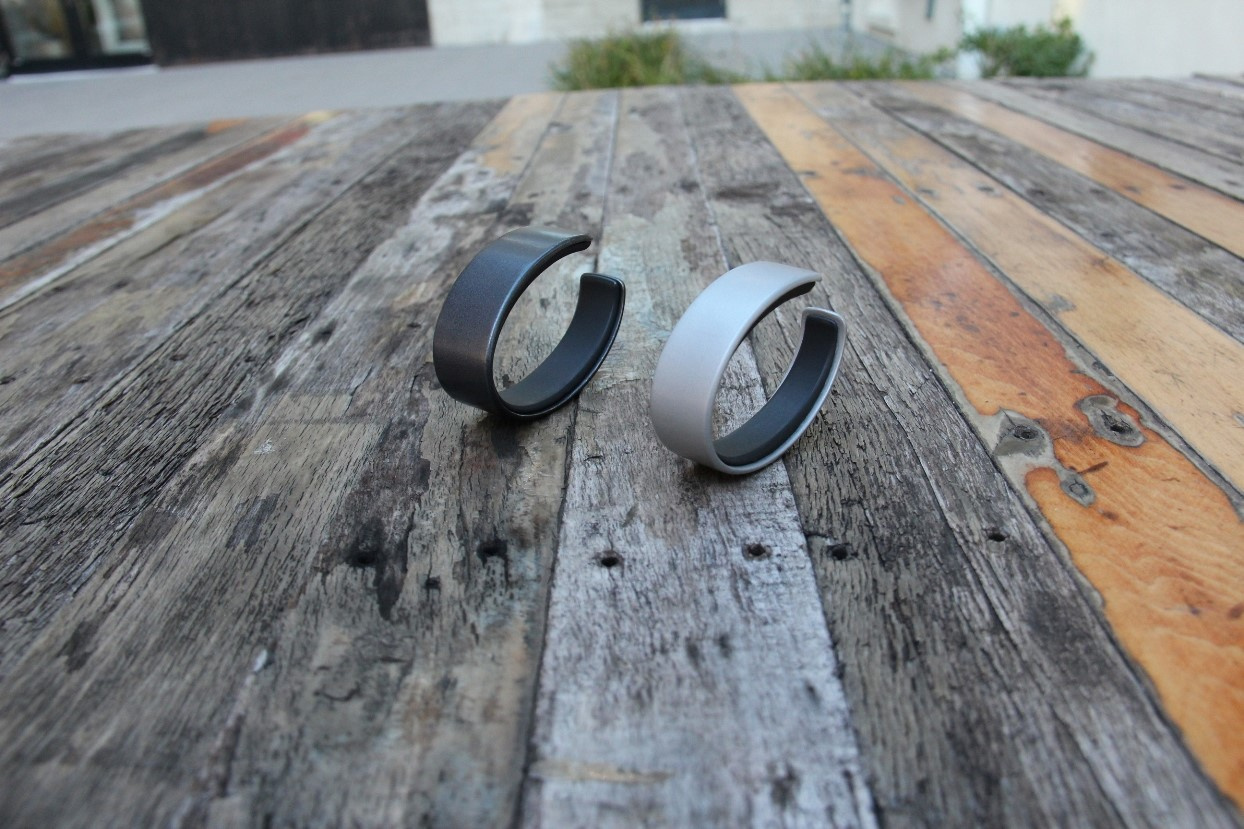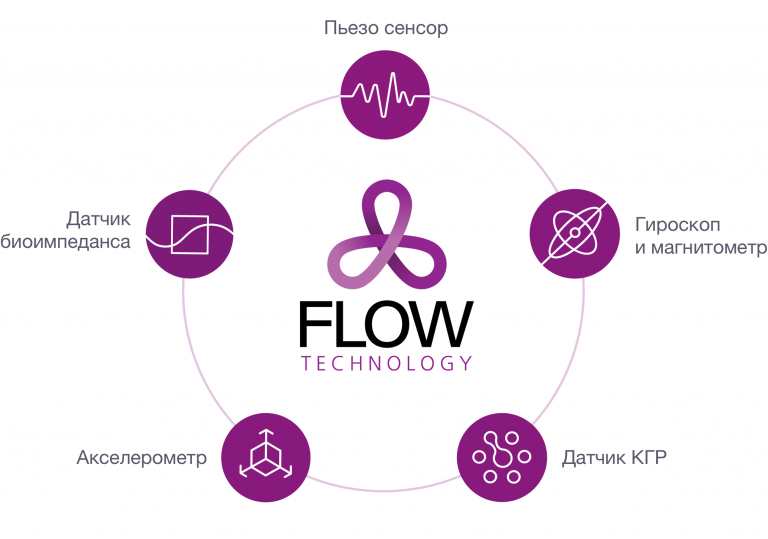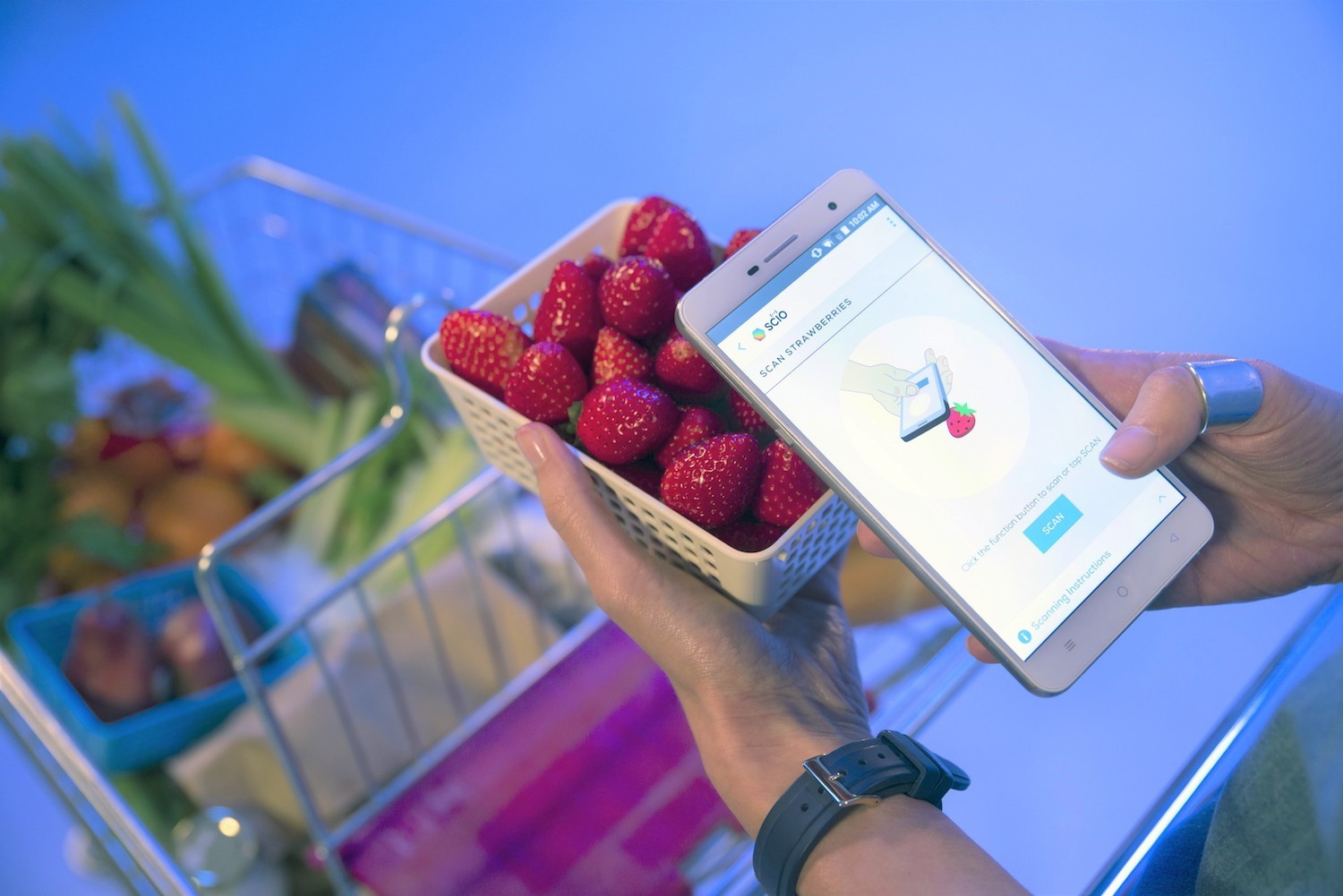Problems of gadgets and software for a healthy diet

According to the World Health Organization (WHO), health depends on 50–55% of a person’s lifestyle, 20–25% of the environment, 15–20% of genetic factors, 10–15% of medicine (the exact amount of factors depends age, gender and individual characteristics). Our health, for the most part, is our own business - by leading a correct lifestyle and reducing the influence of adverse factors, we can maintain activity at the proper level and even partially restore lost health. So it's never too late to start watching how we spend our lives.
One of the main parameters of a healthy lifestyle is the quality of food. Since childhood, we know what one food is good for, and what harm another can do. But this knowledge exists by itself, it is difficult to extrapolate it to real life. But using technology, you can turn good nutrition into a habit, without which it would be difficult to imagine life. This is how to build a smart home, where instead of home - your own body.
Countless calories
It is difficult to say for what reason the automated calorie counting process has become an incredible artifact in fitness trackers - an unattainable, desired, valuable item that no one has seen. Attempts to make a compact calorie counter have no number.

In 2013, Airo Health introduced the AIRO smart fitness bracelet, designed to measure calories and sleep quality. The functionality was declared fantastic: when the body splitted food into separate components, the sensor built into the fitness bracelet determined the ingredients of the food eaten. For example, if you eat a candy, Airo will show you how the blood sugar level has changed. A bracelet can analyze the nutritional value of certain nutrients.
Need I say that all the possibilities of Airo Health have not gone beyond the scope of press releases?
A successful crowdfunding campaign was conducted, but three weeks after it was completed, all participants received a refund notice. Bracelet Airo Health allegedly went into test mode for more accurate results. In this state, it is still.

Immediately after the death of Airo Health, the history of the Russian bracelet HealBe GoBe , which was successfully financed by Indiegogo, thundered, after which statements appeared in the press about its complete uselessness. From 2012 to 2014, HealBe attracted approximately $ 5.6 million of investments and could not simply drown with such an amount. In 2015, the company collected an additional $ 3.5 million.
Attracting investors, the manufacturer of smart bracelets did not find understanding among technobloggers and journalists. Digital Trends wrote about glitches, Engadget believed that the calorie control function was not working at all; more positive opinions were that the device was working, but it was done poorly and in its current form does not have any practical use.

The HealBe gadget should measure heart rate, read the steps taken, measure the amount of sugar in the blood and count the number of calories consumed and burned by the owner. Three sensors are built into the bracelet - an accelerometer, a piezo sensor for measuring the pulse wave and a sensor for measuring the impedance (resistance) in the tissues. The device determines the number of calories consumed using the FLOW Technology technology - a combined counting method based on the acquisition and use of accelerometer and heart rate monitor data.
In October 2016, Healbe developers raised another $ 6.5 million to start production of the second generation of the Healbe GoBe bracelet. In May 2017, Healbe signed an agreement with the University of California to experience the trackers as full-fledged medical gadgets.
Healbe provided the university with 20 GoBe 2 Smart Life Band fitness trackers to collect and analyze data based on nine health parameters: calorie intake, calorie burning, energy balance, water balance, stress level, emotional state, heart rate, sleep quality, distance / number of steps per day.
The results of the study will be known no sooner than in a year.

If the story of Healbe can be considered relatively successful, then the situation around the Canadian company TellSpec can only be described as an epic disappointment. The operation of the system allegedly consisted in emitting light waves, receiving reflected radiation and conducting spectroscopic analysis using appropriate software. Data processing was carried out in the cloud, from where the processed data came already on the user's smartphone, with the output of visual information: food components and calories.
The idyll ended in 2015, when the Pando edition accused Tellspec of fraud. By this time, the startup collected about $ 1.2 million. After the scandal, the collection of money stopped, and Tellspec went into hibernation, from which they periodically appear to declare themselves - they say, the product is raw, but soon everything will work as it should. They take part in the Venture Madness 2017 conference, and it’s premature to talk about the complete closure of the project. Maybe even surprise the whole world.

Specialists from the Fred Hutchinson Cancer Research Center in Seattle tried to bring their gadget to the Indiegogo site to count calories and nitrates in food. The device is a bundle of an application and a miniature device that connects to a smartphone.
The device using a laser 3D-scanner "examines" your food, analyzing the color and texture. The obtained information is compared with the existing database of the most probable combinations of products, after which the application NutriRay3D gives the total caloric values with an accuracy of 87.5–91%.
As a result, the project failed. It seems to be easier for people to manually enter the name of the dish in any application that counts calories.
Personal Spectrometer
At CES 2016, a similar gadget was already shown - DietSensor , comparable in size to a deck of cards, and working in conjunction with a smartphone. The device is a SCiO broadband infrared spectrometer, which determines the chemical composition of food and beverages. Data is processed through an application that builds spectrometric models and counts fats, carbohydrates, proteins, and calories.

The SCiO portable spectrometer is legendary in itself. In 2014, he collected more than $ 2 million on Kickstarter (with the requested 200,000). The principle of operation of SCiO is based on the method of near-infrared spectroscopy. The physical basis of this method of analyzing substances is that each type of molecule vibrates in a unique way, and these vibrations interact with light to create their own unique optical signature. The spectrometer breaks the light into separate spectra, which include all the information necessary to detect the result of this interaction between the reflected light and the molecules in the sample.
It all sounds very tempting, but there is a nuance. In 2016, the project was banned from Kickstarter due to copyright infringement. If you start to understand the technology, it will be clear that in a mixture of substances the lines of the spectra overlap each other. You can disassemble them, but for this you need a device that will be much larger in size (and more expensive). Apparently, the device should work with the database where the spectra of products are loaded - it simply compares the spectrum and if something similar is in the database, it gives a pre-prepared answer. Thus, a limitation arises: the gadget will “understand” that there is fat in the plate, but it cannot distinguish mono, polysaturated or omega-3 fats from each other. If you eat mixed foods - for example, a borscht pan - you need to individually analyze each product, because SCiO and DietSensor based on it cannot cope with this.
The scanner can only read homogeneous products, such as chicken, bread or cheese. Although DietSensor allows you to manually enter nutrition data in these situations, in fact it is no different from MyFitnessPal . The MyFitnessPal app with a huge database is the current champion of tracking caloric intake - it has been installed by more than 85 million users worldwide.

Nevertheless, new devices based on SCiO continue to appear. At CES 2017, the Chinese company Changhong introduced the H2 smartphone with a fully integrated scanner.
Smart dish
If calories are so hard to count from a photo, can it be done in some other way? It turns out that this is possible.
Not every plate is awarded a separate material on Hi-Tech Mail.Ru - only one, to be exact. A smart dish with the tautological name SmartPlate is able to determine the composition of products, weigh them and transfer data to a smartphone app, and also give tips on healthy eating.

Three SmartPlate camcorders allow you to use an image recognition system. Miniature scales determine the mass of products in each of the three independent zones, allowing you not to mix products into cereals, difficult to analyze.
The dish app calculates the number of calories and compares with the data on normal consumption for the user. In parallel, the ratio of proteins, fats and carbohydrates in food is determined, as well as the percentage of their daily intake. Thus, you can plan a meal schedule: if you have eaten enough fat and carbohydrates during the day, then you should prepare a meal with more protein for dinner.
SmartPlate collected $ 110,000 (of the required 100,000) to start production. And although the product did not cause a stir among buyers or among investors, it fits perfectly into the trend for healthy food.
Fork that changes the taste of food
Fork (in the photo - its prototype) Taste Buddy changes the taste of products, emitting a weak electric current. The current that is safe for humans affects the receptors of the oral cavity, so that the food can be felt sweeter or more salty. Since the sweet taste of warm foods is perceived brighter than that of cold foods, the plug heats up to 40 degrees Celsius.

Taste Buddy allows you to consume less salt and sugar, which contributes to the normalization of all systems of human activity. A person simply feels the sweetness or salinity of food, regardless of whether there is any sugar or salt in the dish. The refinement of the technology will make the taste even stronger - tofu will get the taste of steak, broccoli the taste of chocolate and so on.
In fact, for technology, form does not matter, and similarly, you can make all kitchen utensils.
Alternatives
All of the above gadgets and software have the same problem - they are difficult to really use in life. The most interesting software for analyzing calorie content is still not out of the testing stage. Im2Calories application identifies the type of product, identifies the ingredients and portion size. Having learned all the necessary information, Im2Calories provides data on the number of calories. The system measures the size of each piece of food in relation to the plate, and also detects any seasoning. And although there has been no news about the project for two years now, the commercial version of Im2Calories is likely to be extremely popular when (and if) it appears.
An alternative to recognition software can be voice assistants. For example, “inside” Alexa (Amazon’s voice assistant) is Nutritionix. By voice command, owners have access to Nutritionix's extensive food database. You can simply tell the voice assistant about your lunch to get more complete information about the products.
All Articles